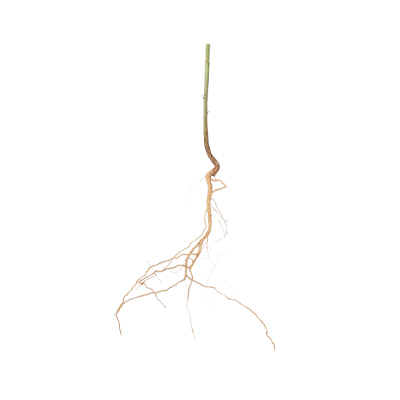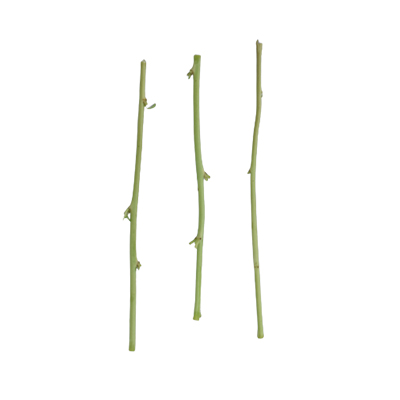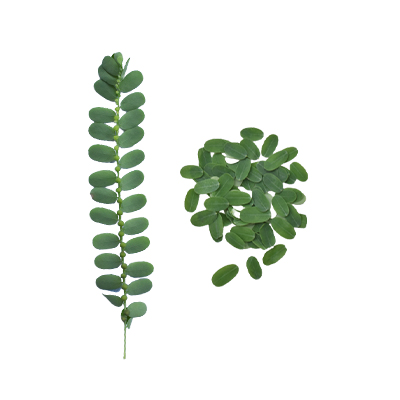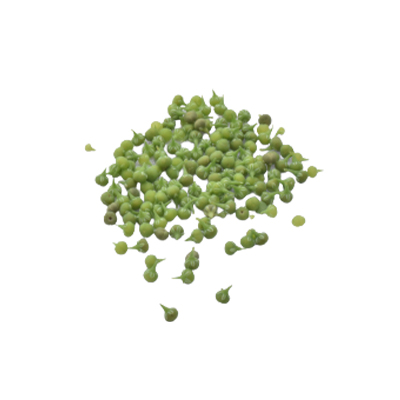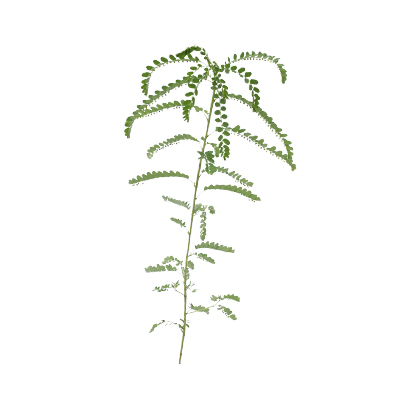Chanca Piedra
Phyllanthus niruri L.
Phyllanthaceae
Location in our garden
Principal
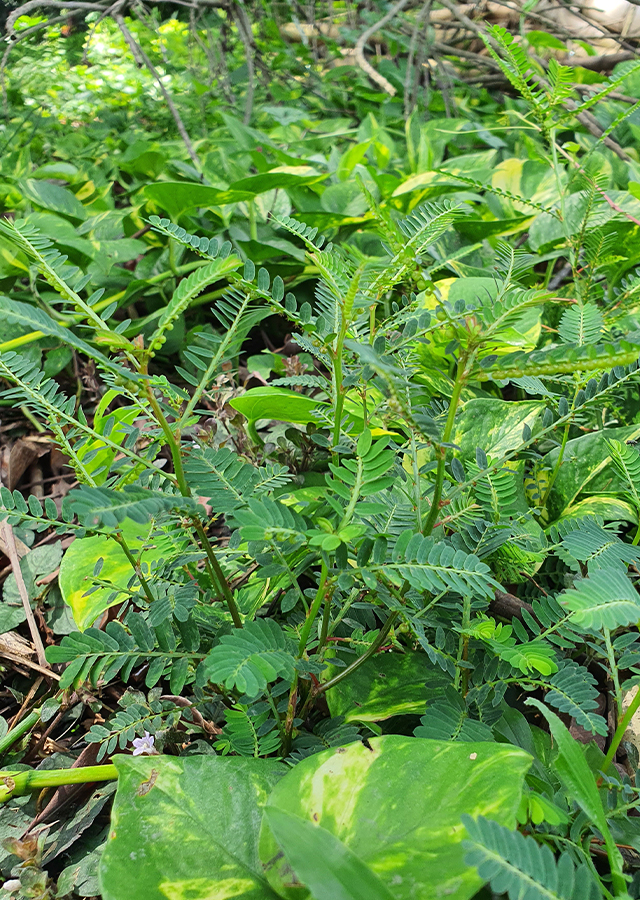


Synonym
Diasperus niruri (L.) Kuntze
Niruris annua Raf.
Nymphanthus niruri (L.) Lour.
Habitus
Herbaceous. A monoecious, by and large yearly, as a rule erect herb up to 80 cm tall
Part Used
The Whole Plant
Growing Requirements
Full Sunshine
Need Shade
Habitat
Forest
Roadside
Grassland
Overview
Phyllanthus niruri is native to Tropical and Subtropical America, and also widely spread in coastal areas of India. P. niruri has extensive medicinal properties and has long history in the health care system of tropical countries. Including in India, this plant has been used in the Ayurvedic system from the ancient times (more than 2000 years). Beside that, P. niruri also has been used as the source of a dye.
Vernacular Names
Bhui-amla, Hazarmani (Bengali), Zhu zi cao, Ye xia zhu, Be bei cai, Xiao fan hun, Ba be cai, Xiao fan hun (Chinese), Quinine creole (French), Bhuiaonla, Bhuinanvalah, Hajarmani, Kanocha (Hindi), Kidachi komi kansou (Japanese), Quebra-pedra, Erva-pombinha, Quebra-pedra verdadeiro (Portuguese), Chanca piedra, Quinina criolla (Spanish).
Agroecology
P. niruri may be a common weed of waste places, open fields, gardens, along roads, but is additionally found in evergreen woodland and bamboo woodland. It develops on well-drained, rich sandy soils, sometimes on limestone, regularly in sticky places or indeed in mucky ground, up to 1500 m altitude.
Morphology
- Stems - angular with numerous distichous, cylindrical in section, smooth and furrowed, glabrous, light green.
- Leaves - small, elliptical or elliptical-oblong to elliptical-obovate, 4-20(-25) mm × (1-)3-6(-9) mm, uncaring to adjusted and now and then somewhat unequal at base, pinnacle adjusted to harsh and frequently apiculate, subsessile, stipules unequal, triangular-lanceolate.
- Flowers - whitish; male blooms with 6 calyx flaps, disk sections 6, stamens 3, fibers connate, anthers free, dehiscing vertically; female blossoms subsessile, calyx flaps 6, disk cup-shaped, edge in some cases crenulate, styles combined at base into a triangular plate.
- Fruits - is a trigonous flattened globular capsule, contains 6 seeds.
- Seeds - wedge-shaped, covered with small warts. Its color varies from dark gray to brown.
Cultivation
Propagated by seed.
Chemical Constituents
Alkaloid (4-Methoxy-nor-securinine, ent-norsecurin), coumarin (ellagic acid, ethyl brevifolin carboxylate), flavonoid (quercetin, rutin, astragalin, quercitrin, isoquercitrin, kaempferol-4-rhamnopyranoside, eridictyol-7-rhamnopyranoside, fisetin-4-O-glucoside, nirurin), lignin (phyllanthin, hypophyllanthin, niranthin, nirtetralin, phyltetralin, hinokinin, isolintetralin), lipid (ricinoleic acid), phytallate, sterol (estradiol, ß-sitosterol, isopropyl-24-cholesterol), tannin (geranin), triterpene (lupeol acetate, lupeol, 3,7,11,15,19,23-hexamethyl-2Z,6Z,10Z,14E,18E, 22E-tetracoshenen-1- ol, phyllanthenol, phyllanthenone, phyllantheol), benzenoid.
Traditional Medicinal Uses
- Decoction of entire plant used as tonic for the stomach.
- Used for kidney stones and gallstones.
- Fresh root used as remedy for jaundice.
- Chewing of fresh leaves used for hiccups.
- Infusion of root and leaves used as tonic and cold, taken cold in repeated doses.
- Infusion of young shoots and leaves given for dysentery. Salted poultice of leaves used for scabby affections; without salt, applied to bruises and wounds; and made with rice water, poultice lessens edematous swellings and ulcers.
- In Santo Domingo and Puerto Rico, bitter decoction of leaves and roots used for intermittent fevers.
- In Ayurveda, used for asthma, bronchitis, leprosy, anemia hiccups and as diuretic.
- In different parts of India, used for snake bites.
Part Used
Reference Sources
- Royal Botanic Gardens, Kew. Plants of the World Online: Phyllanthus niruri L. https://powo.science.kew.org/taxon/urn:lsid:ipni.org:names:194900-2. 12-11-2021.
- Stuartxchange. 2018. Philippine Medicinal Plants: Sampa-sampalukan. http://www.stuartxchange.org/SampaSampalukan. 12-11-2021.
- Tropical Plants Database, Ken Fern. 2014. Phyllanthus niruri. https://tropical.theferns.info/viewtropical.php?id=Phyllanthus%20niruri. 12-11-2021.
- Narendra K., Swathi J., Sowjanya K. M., Satya A. K. 2012. Phyllanthus niruri: A Review on its Ethno Botanical, Phytochemical and Pharmacological Profile. Journal of Pharmacy Research 2012, 5(9): 4681-4691.
